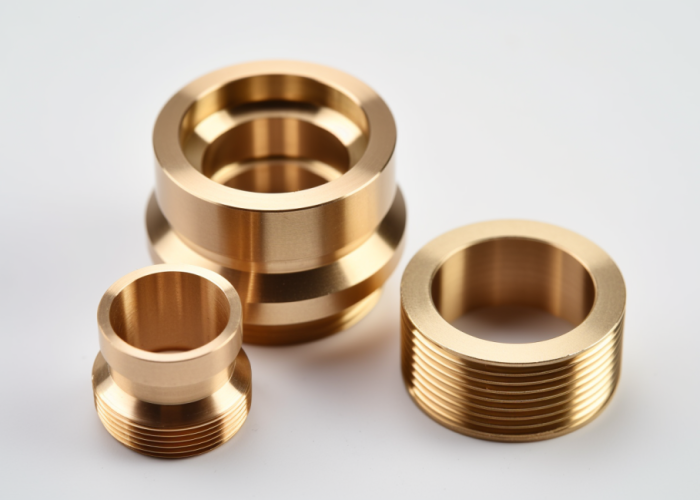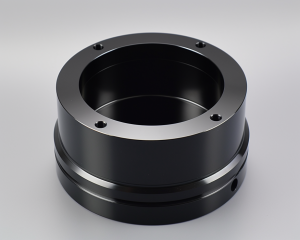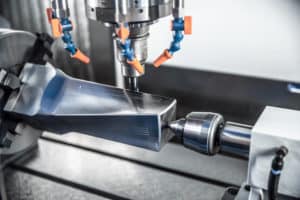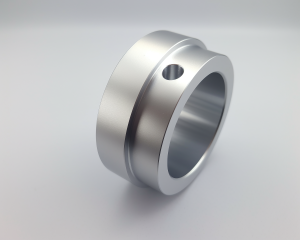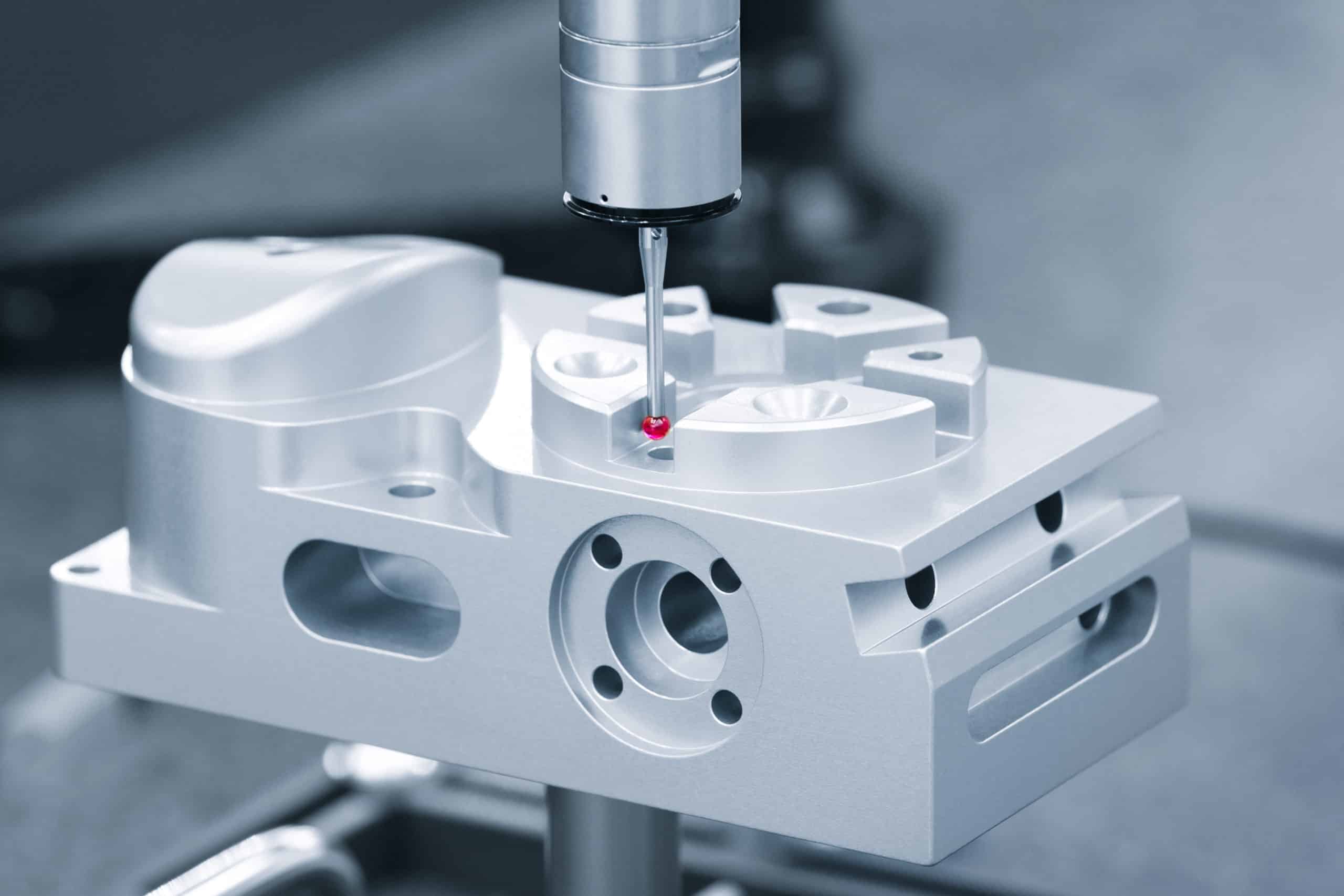You send a drawing out for quotes and hear nothing back. No reply, no numbers—just silence. It’s not your design that’s scaring shops off; it’s how your title-block tolerances look to them.
Most quoting delays happen because tight default tolerances make ordinary parts appear high-risk. Shops assume costly setups and inspection time, even when only a few features need that precision.
Learn what CNC quote silence really means, how capable shops handle tight prints, and how Okdor delivers 24-hour quotes without inflated cost or lead time
Table of Contents
What a Slow or Missing Quote Says About Your Tolerance Callouts?
When your RFQ sits unanswered for days, it’s not always about workload — it’s about perceived risk. A title block with ±0.01 mm defaults tells estimators that every surface needs tight control. To them, that means extra setups, more tool offsets, and high inspection time before cutting begins.
They’re not rejecting the geometry — they’re rejecting the cost curve behind it. A global ±0.01 mm applied to 80 dimensions can add two hours of setup and 20 % inspection cost before production starts. Estimators move on to easier, higher-margin jobs instead.
We quote differently. The first step is isolating features that actually control function. Non-critical geometry follows ISO 2768-m or -c, while critical zones get modeled for achievable process capability. Inspection scope scales accordingly — micrometers, bore gauges, or comparators for general tolerances, and CMM validation only where 0.01 mm or GD&T features apply.
Supplier Comparison Snapshot
Capability Factor | Typical Job Shop | Capable Machining Team |
Quote Response | 5 – 7 days | ≤ 24 hours |
Default Tolerance Interpretation | Applies to all features | Reviewed feature-by-feature |
Inspection Method | Manual checks only | Tiered by tolerance class |
Risk Handling | Inflate price or ignore RFQ | Clarify scope before quoting |
If your quotes keep stalling, the part likely isn’t unmachinable — it just reads that way. Clarify your control features, and response times drop from a week of silence to a same-day, scope-verified quote.
Why Some Shops Ghost the Moment They See Tight Title-Blocks?
You send a drawing, wait a few days — then nothing. That silence isn’t random; it’s cultural. Many shops have internal filters for “problem prints.” Anything with dense ±0.02 mm notes, stacked datums, or unclear inspection intent gets marked as high risk before it’s even reviewed.
This is rejection by habit, not capability. Smaller job shops price by gut feel: if a drawing looks expensive, they assume special tooling and high scrap probability. Spending an hour quoting a part they may lose money on isn’t worth it — so they ghost instead of replying.
We approach it differently. Each RFQ is screened for tolerance consistency, datum logic, and inspection load. When we see potential issues, we don’t disappear — we communicate early, explaining which features trigger cost and how to simplify the print without affecting function. That’s how a “dead” RFQ becomes a viable, quoted project within one business day.
Supplier Response Behavior
Behavior Signal | Typical Shop Reaction | Capable Shop Response |
Multiple Tight Callouts | No-quote or ghost | Review tolerance intent |
Unclear Datums | Ignore RFQ | Clarify references |
Perceived Low Margin | Inflate cost | Adjust inspection scope |
Tight Print with Clear Notes | Hesitation | Confident quote with defined scope |
If suppliers keep disappearing, the issue isn’t capability — it’s uncertainty. Once tolerance intent is clarified, most “too-tight” jobs become clean, confidently quoted projects with measurable timelines and inspection transparency.
When “Standard” Tolerances Make Your Part Look Like a Precision Nightmare?
Many engineers assume “standard” tolerances keep things simple — but to most shops, they read like a hidden risk multiplier. A note such as “Unless otherwise specified: ±0.05 mm” feels safe, yet on a 150 mm aluminum housing, that default implies fine-finish control across every surface.
Estimators notice that instantly. If the default is tighter than their base process capability (typically ±0.1 mm for standard CNC setups), they flag the job as high-risk. Quoting teams then pad cost or quietly drop the file to protect margin.
We quote by isolating functional dimensions from reference geometry. Fit-critical areas may stay within ±0.02–0.05 mm, but non-critical features are relaxed to ±0.1–0.2 mm under ISO 2768-m or -c. Inspection matches the tolerance band — handheld metrology for wider limits, CMM or comparator checks only where precision warrants it.
How “Standard” Tolerances Affect Quotes
Drawing Default | Shop Interpretation | Cost / Time Effect |
±0.1 mm overall | Normal machining | Baseline cost |
±0.05 mm overall | Precision job assumed | +10–20 % cost |
±0.02 mm overall | Full inspection / tool change | +30 % or no-quote |
When defaults look tighter than the job truly requires, capable suppliers hesitate. Clarifying tolerance intent turns those “precision nightmares” into clean, quotable drawings that attract quick responses.
Supplier delays putting your project at risk?
Get an immediate capability review and restart production within days.
Why Good Shops Turn Down Drawings That Look Over-Specified?
If even reputable suppliers decline your RFQ, it’s often a clarity issue, not a capability one. Prints that mix multiple tolerance systems, overlap GD&T with linear limits, or miss datum references leave too much to interpretation. Experienced shops don’t guess — they step away.
A hole called out both ±0.02 mm and positional 0.05 mm (MMC) forces inspectors to assume the stricter rule. That doubles setup and measurement time. Multiply that across ten features and a normal-margin job becomes unprofitable.
We review every RFQ for tolerance hierarchy before quoting. Conflicts are flagged, intent confirmed, and redundant limits removed. This pre-quote clarification regularly trims 10–15 % from final cost while keeping the print inspection-ready.
Typical Conflict Triggers
Condition | Shop Reaction | Result |
Mixed GD&T + Linear limits | Use tighter spec | Inflated cost |
Missing datum references | Skip quoting | No-quote |
Even strong suppliers avoid confusion. A concise, conflict-free drawing tells them you understand inspection reality — and that confidence translates directly into faster, lower quotes.
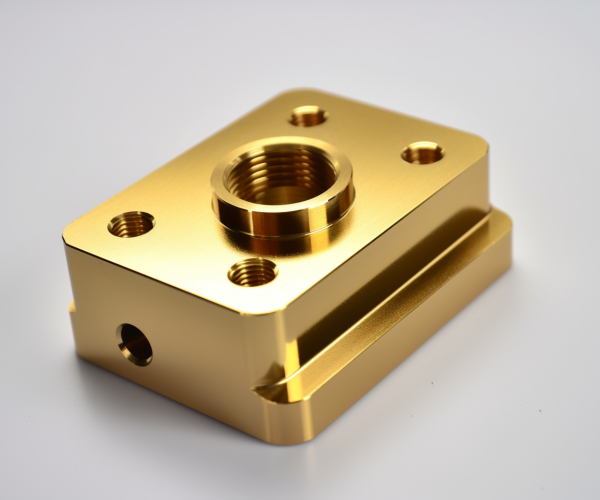
What Inflated Quotes Really Reveal About a Supplier’s Equipment Limits?
When a quote arrives double or triple what you expected, it’s rarely markup — it’s a signal of equipment mismatch. Shops without temperature-controlled cells, high-stability tooling, or precision fixturing can hold ±0.05 mm easily but struggle below ±0.02 mm. To stay safe, they inflate price and lead time.
Achieving ±0.01 mm over a 100 mm span demands fine-feed tooling, stable thermal conditions, and process monitoring. General shops compensate with slower feeds, added setups, or subcontracting — all visible in the final quote.
Our quoting workflow defines capability limits openly. Each quote specifies achievable tolerances, process route, and required inspection depth. If a feature exceeds standard machining range, we flag it for grinding or honing rather than over-promising.
Equipment Capability Benchmarks
Capability Area | Typical Shop | High-Precision Setup |
Dimensional Repeatability | ±0.05 mm | ±0.01 mm |
Thermal Control | Ambient | 20 ± 1 °C |
Tooling Stability | Standard holders | Shrink-fit / balanced |
Lead Time (tight-tolerance jobs) | 3–4 weeks | 5–7 days with dedicated cells |
If pricing looks extreme, it’s often a coded message: the supplier’s process window doesn’t match your print. Understanding those signals early helps you choose shops whose equipment already meets your required precision — saving both time and cost.
How a Capable Machining Team Reads Tight Prints Without Panic?
When estimators panic at your ±0.01 mm notes, it’s not your drawing—it’s their process maturity.
A capable machining team reads tight prints like a checklist, not a threat. They translate each critical tolerance into process choices: cutter path control, fixture rigidity, tool wear schedule, and inspection frequency.
Where an average shop sees uncertainty, skilled teams see parameters to manage. They confirm achievable precision through tool compensation and machine repeatability, then highlight only the dimensions that truly challenge stability.
That’s why their quote review takes 24–48 hours, not a week—they already know how to hold ±0.01 mm on stable alloys without grinding.
Recognition cues:
- They ask about material stability, finish type, and mating components before quoting.
- They explain which tolerances affect cost and why.
- They deliver a quote that includes inspection scope instead of a flat “tight-tolerance surcharge.”
Calm feedback, clear scope, and a defined timeline signal a team that understands precision—one that controls risk instead of avoiding it.

How to Spot When “We’re Reviewing” Means “We’re Avoiding the Quote”
Nothing slows sourcing like the polite stall: “We’re still reviewing your file.”
In reality, that phrase often means “We’re unsure how to make it and don’t want to admit it.”
A professional shop evaluates complex RFQs in 24–48 hours. Anything stretching beyond three business days without clarification is avoidance, not analysis. Common triggers: tolerance stacks tighter than their inspection tools, missing 5-axis simulation confidence, or reliance on an outside vendor for a critical operation.
You can spot it early:
- Replies switch from specifics to vague updates.
- No one mentions actual inspection scope or fixturing method.
- The quoted lead time keeps moving out.
Recognition cues:
- Capable shops ask focused questions (“Is ±0.02 mm across 150 mm critical or aesthetic?”).
- Unprepared shops stop communicating.
When a supplier keeps you waiting, they’re managing uncertainty, not your project. A team that can genuinely hold your tolerances won’t hide behind “review”—they’ll quote with evidence, inspection detail, and a defined start date.
Why Experienced Shops Quote Tight-Tolerance Parts Faster?
It surprises many engineers that the most capable shops usually quote the fastest.
That speed isn’t about rushing — it’s the by-product of process maturity. Experienced suppliers maintain preset tooling libraries, verified cutting data, and historical cost models for precision classes. They don’t start from zero; they reference proven setups.
A mature quoting system can pull from previous jobs with similar geometry and material, cutting review time from days to hours. When tolerances drop below ±0.02 mm, those shops already know which machines and fixtures apply — no need to “check feasibility.” That’s why tight prints often return quotes in 24–36 hours, while less-experienced vendors take a week just to confirm capability.
How to recognize them:
- They send an RFQ acknowledgment within hours.
- They ask targeted questions (“Is ±0.01 mm on both faces or one side?”).
- Their quote includes inspection scope and process route, not vague price lines.
Speed is a side effect of competence. If a shop needs several days just to decide whether they can quote, they’re not ready to hold your tolerances.

How to Get 24-Hour Quotes on Complex Tolerances From Capable Shops?
You can get 24-hour responses on tight-tolerance jobs by giving suppliers the clarity they need upfront and choosing ones already equipped for precision control.
Checklist for same-day quoting success:
- Attach a fully dimensioned drawing and STEP file. Avoid screenshots or partial prints.
- Highlight critical dimensions — note which tolerances are functional.
- Include surface finish and material requirements (e.g., Ra 0.8 µm, 6061-T6).
- State volume and deadline clearly. Precision shops schedule around urgency.
- Work with suppliers who maintain live tooling databases and in-house metrology. These shops can simulate setup time instantly and verify they can meet spec before quoting.
Typical outcome: instead of a 3–5-day “review,” you’ll get a detailed quote with inspection plan and lead-time range within one business day.
Fast quoting isn’t about cutting corners — it’s about removing ambiguity.
The clearer your data and the more capable the shop, the faster your project moves from drawing to production.
Conclusion
Most quote delays and rejections stem from supplier capability gaps, not your design. Okdor specializes in tight-tolerance parts other shops hesitate to quote—delivering verified precision, transparent inspection, and 24-hour responses. Upload your drawing today for immediate manufacturability feedback and a capability-matched quote within one business day.
Frequently Asked Questions
Yes. We routinely rescue stalled jobs by reviewing the existing parts, drawings, and inspection data within 24 hours. Once verified, we confirm achievable tolerances and restart machining immediately. Typical recovery lead time is 5–7 days for re-runs, depending on material and finishing requirements.
We’ll review your drawing for manufacturability, identify what caused the rejection, and provide alternative process routes—such as fixture redesign or tolerance segmentation. You’ll receive a detailed capability report and revised quote within 24 hours showing how the same geometry can be produced reliably.
Yes. Every transferred project gets a dedicated engineer and milestone tracking from day one. We provide progress updates every 48 hours and can accelerate production through weekend shifts when deadlines are critical. Our average on-time rate across tight-tolerance jobs exceeds 98 %.
We maintain pre-qualified tooling libraries, in-house metrology, and cost models built from past precision jobs. That allows us to issue accurate quotes—complete with inspection scope and delivery timeline—within one business day for most RFQs, even with complex tolerances or multi-axis setups.
All RFQs are handled under standard mutual NDAs and secure file transfer. Drawings are stored on encrypted servers accessible only to assigned engineers. You can safely share full STEP or PDF files for review—we complete quoting and risk analysis within 24 hours while maintaining full confidentiality.
We quote based on real process capability, not assumed risk. By isolating critical features and standardizing setups, we remove unnecessary inspection or over-control costs. The result—10–20 % total savings on most precision parts without reducing quality or traceability.
